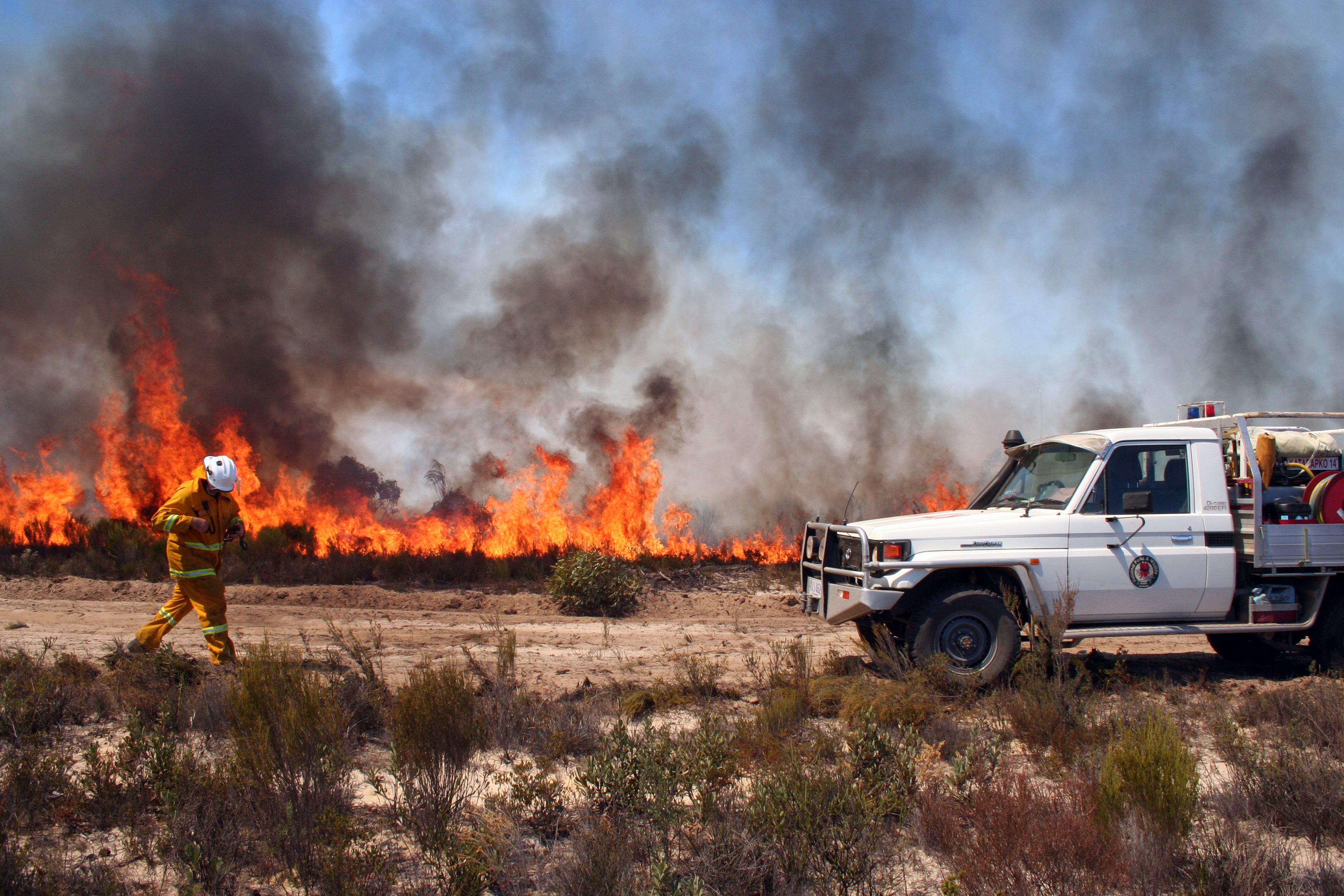Media release
From: Bushfire and Natural Hazards CRCNew research into the complexities of prescribed burning across varied landscapes and weather conditions is supporting the critical decisions on how and where to use fire to protect communities.
Drawing on cutting edge science around prescribed burning, the Prescribed Burning Atlas assists Australia’s fire agencies and land management departments by presenting options for their prescribed burning strategies.
Developed through the Bushfire and Natural Hazards Cooperative Research Centre in partnership with the University of Wollongong, University of Melbourne and Western Sydney University, the Prescribed Burning Atlas is a website that can help guide the vital mitigation burns undertaken in the cooler months that help to reduce bushfire risk when the weather heats up.
With the complexities around prescribed burning growing, Bushfire and Natural Hazards Cooperative Research Centre Research Director Dr John Bates believes the Prescribed Burning Atlas is a crucial tool for now and for the future.
“Australia is a land of fire and prescribed burning has many different objectives – from reducing the risk of bushfire to homes and businesses, to improving ecological outcomes. The Prescribed Burning Atlas will help our fire and land managers to tailor their prescribed burning strategies to best reduce the risk in a target area, showing what is most effective and where it has limited value,” Dr Bates said.
The Atlas incorporates thousands of fire simulations across varied landscapes and under different weather conditions, with the research behind it headed up by Prof Ross Bradstock at the University of Wollongong.
“The Prescribed Burning Atlas is about helping to identify the sweet spot of prescribed burning. It can compare the level of risk reduction achieved from different combinations of prescribed burning strategies, such as smaller edge burns close to homes and larger broadscale burns. It compares the costs of these different mitigation options and their effect on reducing the likelihood of life loss, property loss and environmental values, as well as the effects of climate change on prescribed burning effectiveness,” Prof Bradstock said.
The Prescribed Burning Atlas covers 13 different landscape types across New South Wales, the ACT, Victoria, Tasmania, South Australia and Queensland, comprising different types of landscapes such as temperate forests, grasslands, savannas, deserts, woodlands and scrub.
It also has the ability to factor in climate change and how it will impact the effectiveness and costs of prescribed burning.
“There is no ‘one size fits all’ solution to prescribed burning,” Prof Bradstock explained.
“Strategies must be tailored to different environments, and the cost-effectiveness of these different strategies can vary considerably between regions. For example, what is suitable for the ACT will not necessarily be best around Hobart.”
Further development of the Atlas is planned to increase its application across a broader range of geographic areas around Australia.
The Prescribed Burning Atlas is now available free to use at prescribedburnatlas.science


